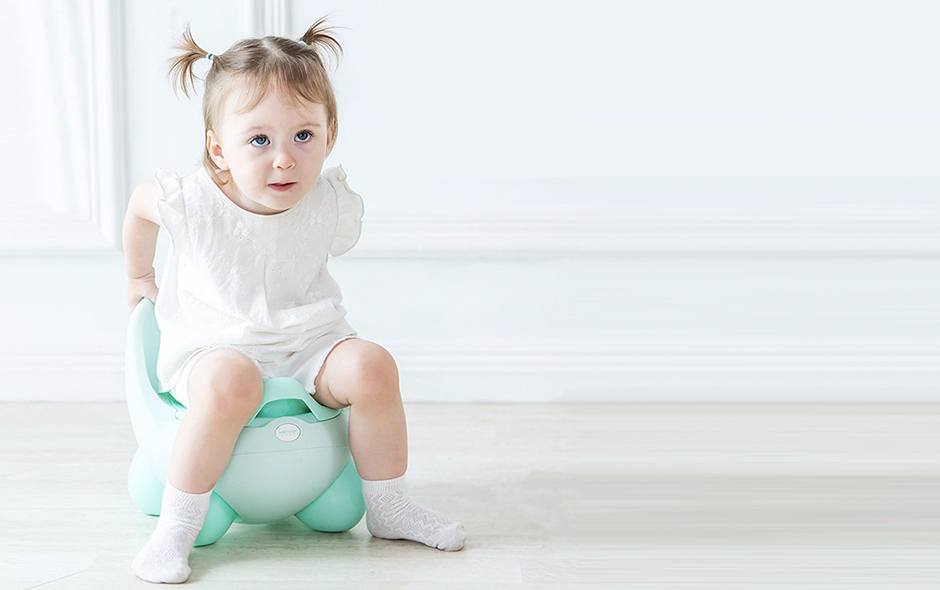
Toilet training is a common concern for parents. When should is happen? How do you do it? Is your child ready? Are YOU ready? Read on to find out the answers!
TOILET TRAINING VERSUS TOILET TIMING
There is a difference between being toilet trained and toilet timed. A child who is toilet trained has the physical awareness to know when they need the toilet without needing to keep to a schedule to prevent accidents. A child who is toilet timed may not be able to control their bowel or bladder emptying or have the awareness to do so, however uses the toilet regularly to prevent accidents. Both situations can result in happy, healthy toileting routines depending on the child’s needs.
WHEN SHOULD YOU START?
For toilet training to be successful, the child needs to have the internal awareness to know when their bladder/bowel is full; to be able to recognise if they have wet or soiled themselves; to dress/undress; to access the washroom; to attend to the routine of using the washroom and be able to communicate all these needs. For toilet timing to be successful, the child needs to keep to a regular emptying schedule (either themselves or reminded by a carer). The child needs to have regular and safe access to the washroom facilities.
Before attempting toilet training or toilet timing it is very important to ensure that all medical concerns which may affect toileting have been addressed. Children with chronic constipation or frequent urinary tract infections may take longer to gain awareness. Children on medication such as muscle relaxants may also have trouble with their awareness – be sure to have a discussion with your doctor about any side effects and medical concerns before starting to toilet train so you have a clear understanding of what to prepare for.
Children who are typically developing tend to show daytime continence around age 3 years old and night-time continence around 4-7 years old. Girls sometimes become continent a few months earlier than boys. Children with additional needs may show delayed toilet training development. Toilet timing can be started much earlier than toilet training and is a good way to develop self-care skills needed for the toileting routine such as undressing/dressing, flushing the toilet, washing hands and understanding the social etiquette of washroom use. It is useful to have a toileting routine in place and for the carers involved to know the frequency of the child’s bowel and bladder emptying. This way the carer can assist the child to achieve success in reaching the toilet on time.
HOW?
It is a good idea to start teaching your child the routines involved in toilet use when they start to show an interest in using the toilet. Even if they do not show the physical awareness of needing the toilet, you can still teach them the skills needed for undressing/dressing, sitting on the toilet, cleaning themselves, flushing the toilet, hand washing and general hygiene.
Visual schedules and pictures can be a great way to break down a skill into smaller steps to create independence in toilet routines – ask your speech or occupational therapist to support you with this skill to best match your child’s communication abilities.
Look out for your child’s signs of needing to use the toilet – most children have a facial expression or ‘dance’ when they need to go! This is a good time to suggest practicing on the toilet as it is functional and purposeful.
To increase awareness of when your child has wet or soiled themselves you can place underwear inside their nappy. This helps make the feeling of being wet more obvious (as nappies will draw moisture away from the skin).
BE PREPARED
Make sure that you have all the resources in place to create a successful experience. Decide on what you will need to be using – pull-ups, underwear, steps, visuals and so on – and have these ready. Make sure that everyone involved in your child’s care is aware that you are focusing on toilet training so your child can have success across all environments.
HOW LONG WILL IT TAKE?
This is different for each child. If a child is physically aware of their bowel and bladder motions and is showing an interest in using the toilet, it may only take a week. Other children may take 6 months – and that’s OK! Its also OK to take a break if you need to! Not every child will have success on the first try.
COMPLEX NEEDS AND TOILETTING
No matter how complex your child’s needs are, you should involve them in toileting routines at their level of understanding and ability. Use varying levels of support in the toileting routine such as:
- Place their hand over yours while you remove their trousers,
- While you are cleaning them, they can hold their clean nappy ready to be put on, then give the nappy to you once ready
- Use hand-over-hand or hand-under-hand assistance to clean themselves if this is physically possible,
- Have the child assist you in throwing wipes or paper into the toilet and throwing their dirty nappy into the rubbish bin,
- Assist them to grip the waistband of their trousers as you pull up,
- Use hand-over-hand or hand-under-hand assistance to wash hands if this is physically possible,
- Always incorporate your communication goals into the routine
Make sure your child can physically access the toilet by using one or more of the following is appropriate:
- Wall rails,
- Step stool,
- Smaller toilet seat in place to support them,
- Commode chair if appropriate,
- Transfer board.
Equipment should always be discussed with your Occupational Therapist first before purchasing.
If you feel your child is ready to start toilet training or you have concerns regarding your child’s toilet routine, please contact our Occupational Therapy department who will be able to support you through this phase.
Sources:
Benson, J. et al. 2006. How Does a Child with Sensory Processing Problems Play?. Internet Journal of Allied Health Sciences and Practices. (Vol 4 #4.)
Schum T., Kolb T., McAuliffe T., Simms M., Underhill R., Lewis M. Sequential Acquisition of Toilet Training Skills: A descriptive study of gender and age differences in normal children. Pediatrics. Vol. 109 (3): E48. March 2002.
Di Collis and Debbie Atkins 2015. Information obtained from Talking Toileting Webinar- Toilet Time





